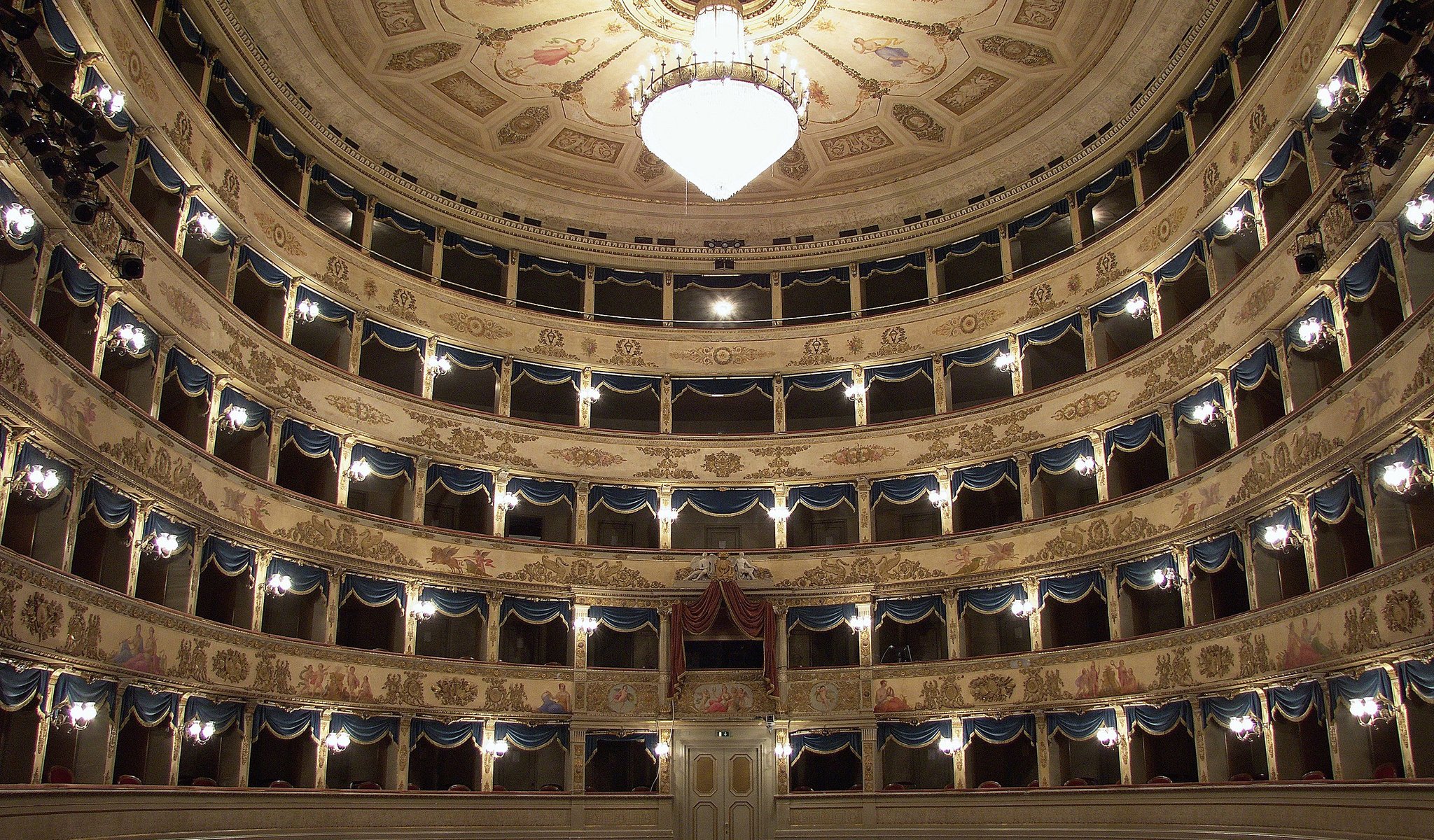
Program
Featuring
Other information
The event is about 2.5 hours long.
About the event
The Budapest Festival Orchestra and the Orchestra Giovanile Luigi Cherubini will play a chamber concert together that will feature classical night music, a baroque concerto and romantic serenade. Michael Haydn, known primarily for his sacred music, is an undeservedly neglected composer while even Mozart learned a lot from him. We should pay attention to him too. The subtitle of his work (Quintetto concertant) is a perfect indication of the equal status of the five parts. Johann Sebastian Bach's concerto for violin and oboe may come to many people's minds in a different instrumentation, but this is the original version. This time the piece is performed by Victor Aviat, a regular performer with the BFO and Valentina Benfenati, the violin soloist with the Cherubini Orchestra. The concert, conducted by János Pilz, will close with a chamber work by Tchaikovsky that invokes Mozart and Haydn.
Although the popularity of Michael Haydn cannot be compared to that of his world-famous brother, the scope – and at times even the quality – of his oeuvre is similar. For example, his String Quintet in C major was for a long time misattributed to Joseph. The four-movement work, known as a notturno (night music) was written in 1773. The ceremonial first movement with uneven measures becomes exciting through the dialogues between the different registers. The decrescendo at the end of the movement is broken by unexpected accents. In the variation-like slow movement, trills and melodies reminiscent of birdsong play over a pizzicato accompaniment, and after a typical minuet and its trio of tinkling motives, the 'mice' conclude the work with a playful finale.
During his time in Leipzig, Bach, who had been overwhelmed by church music duties, rearranged many of his earlier concertos instead of composing new ones. One such work is the piece for two harpsichords and strings BWV 1060, written around 1730. Later, it was discovered that the work was based on a concerto for violin and oboe, which has been lost. The reconstructed original version has since been considered to be on a par with the version for two harpsichords. As is usual for concertos of that period, the piece in D minor consists of three movements. The opening and closing movements are fast-paced, centred on the two solo instruments' dialogue. The slow movement in between is dominated by a cantabile melody.
The Serenade for Strings, written in 1880 is one of Tchaikovsky’s most popular compositions. First, he was planning a symphony or more precisely a suite for string orchestra and a string quartet, but in the end he chose the golden middle way. He wrote to his publisher: “I am violently in love with this serenade”. A tribute to Mozart's style, the work consists of four movements with subtitles. The slow introduction of the 'Piece in Sonatina Form', which recurs also in the Finale, sets the scene. The 'Waltz', fulfilling the role of the scherzo and the 'Elegy', based on a single, soaring romantic theme are also popular, played as individual concert pieces. An exciting transition from the latter leads to the finale built on a “Tema russo” (Russian Theme).